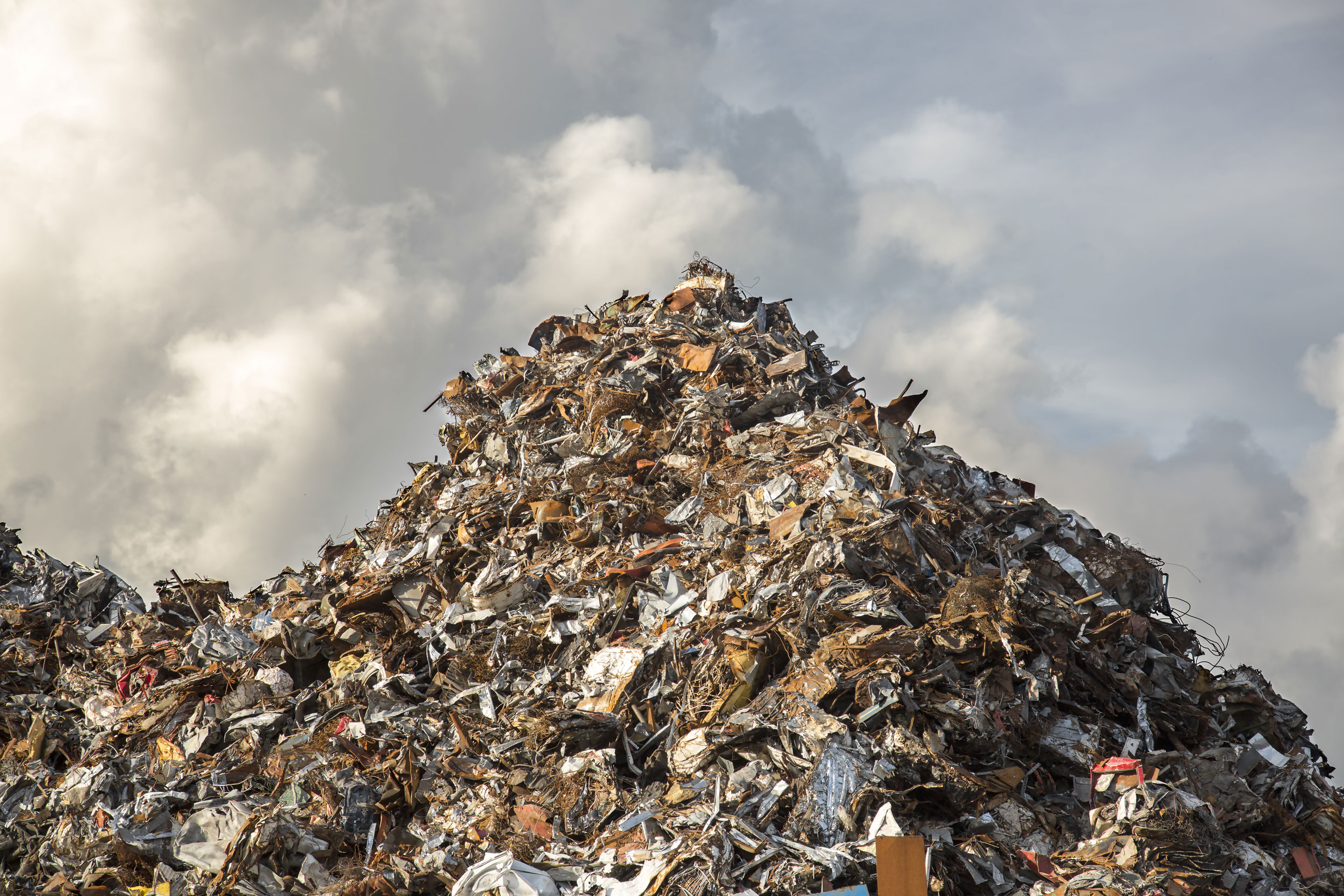Daniel Carraway spent his entire career working in paper and bioplastics.
The serial entrepreneur began his career at International Paper working in their research division before founding two previous companies that became cornerstones of the bioplastics industry. His latest venture, RWDC Industries, has raised $133 million in recent financing to build a new sustainable manufacturing juggernaut in the small city of Athens, Ga.
With offices in Athens and Singapore, RWDC is the fruit of a partnership between Carraway and Roland Wee, an engineer with decades of experience in the chemicals and construction business across Asia.
The two men met through mutual connections as Carraway sought new opportunities to pursue his longtime vision of commercializing bioplastics. The serial entrepreneur had just stepped away from his work with Meredian Holdings Group and its subsidiary, Danimer Scientific — companies that sprung from work Carraway started at his kitchen table with his wife back in 2004, he said.
In 2019, bioplastics represented a $95 million opportunity, according to a report in Market Data Forecast, but the small size of the current market belies how big the opportunity can be, according to Carraway.
RWDC, Danimer and Kaneka are all pursuing an opportunity to replace plastic packaging, which was a $234.14 billion market, according to Grand View Research. It’s that potential market for plastics that has drawn countless companies over the years — including Carraway’s own — to raise hundreds of millions of dollars.
Several of those companies failed. Perhaps the most successful of the early high-flyers was Metabolix, which had a public offering before the financial crisis hit in 2008. That company sold its bioplastics division to CJ CheilJedang for roughly $10 million and pivoted to crop science.
Carraway insists that the market has changed over the last few decades and the time is finally right for biology to supplant chemistry in industrial manufacturing.
“If you look back at the history of new materials development… especially polymers… there has never been a new polymer that had been invented that didn’t take 20 to 30 years for it to make wide-scale adoption,” said Carraway. “When a polymer is first developed it takes a while to get the manufacturing right to get it at wide scale. [And] it takes time for polymer converters to understand how to use a new material… it’s not that technologically is not viable, it’s about figuring out how to use the new material.”
Scale is important too, said Carraway. “You have to reach a certain critical availability in metric tons available in the global market to create a situation where people can use the new material,” he said.
RWDC can already make about 5,000 tons of PHA and expects to grow its capacity to make half a million tons of material, but that barely scratches the surface of available capacity for traditional plastics. “For the next decade we’re going to be in a mad scramble to grow production capacity because we’re going to be behind the demand curve,” said Carraway.
Industry observers have seen this story before. Because the new material Carraway is talking about isn’t actually all that new. For at least the past 20 years companies have been working on ways to cheaply manufacture polyhydroxyalkanoates (PHAs). The material is produced by the fermentation of oil or sugars and serves as a replacement for the chemicals that are made from cracking ethane (a product of oil processing) to make plastic.
However, as concerns continue to mount over the environmental degradation caused by plastic pollutants and the contributions the plastics industry makes to emissions causing global climate change, the push for replacing plastics with more sustainable products has gained momentum.

Image Credits: ronstik (opens in a new window) / Shutterstock (opens in a new window)
Regulations in Europe will ban many single-use plastic products next year, forcing companies to build out their supply of bioplastic alternatives or abandon the use of plastics altogether.
Market moves like these have the potential to spur the bioplastics industry and shift production into high gear. Carraway said demand hasn’t been effected by the collapse of oil prices, which has driven down the costs of chemicals and plastics.
“Even though our materials are initially more expensive… the amount that they cost over the commodities in normal circumstances isn’t that much,” Carraway said. “Every customer we’re working with has asked us to speed up and give them more. No one has said we want to slow down or scale back or change our plans.”
And propelling the industry forward could provide a lift to local economies that have been financially ravaged by the worldwide COVID-19 pandemic.
At least, that’s what Carraway is hoping will happen in Athens, Ga.
The company is using some of the money it raised from international and U.S.-based investors — including the Singapore-based venture capital firm Vickers Venture Partners; Ikea’s investment company; a Swiss pension fund; a Northeastern energy provider; and an industrial chemical company owned by Koch Industries — to revive an old factory in the city as its new production plant.
RWDC said the new facility will bring in 200 jobs to northeastern Georgia.
“We are excited to see RWDC expand its operations in Athens and add a substantial number of new well-paying jobs,” said Athens-Clarke County mayor, Kelly Girtz. “Athens is the home of the University of Georgia, and we have a long record of supporting innovation and industry. Like communities across America and the world, we want to see a reduction in plastic pollution, and we have high hopes that RWDC, with the help of the Athens community at their new facility, will be able to solve that problem.”
https://ift.tt/2YAN2i3 RWDC Industries is a new startup hoping to become a bioplastics giant in Athens, Ga. https://ift.tt/3b4thlx













0 comments
Post a Comment